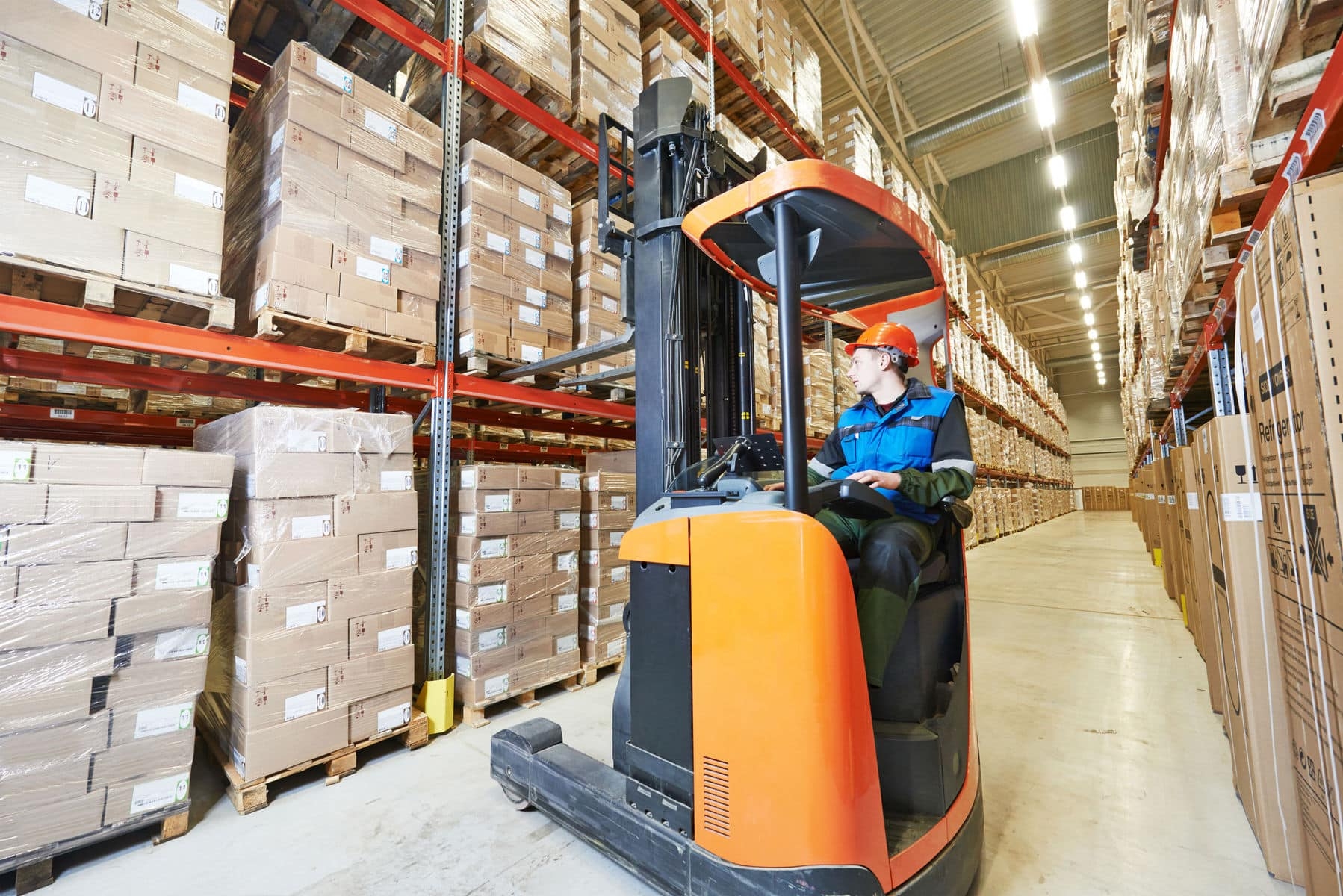Health and Safety is important in any workplace irrespective of industry type or sector, this of course includes keeping the workplace clean and as dust free as possible. Dust can be harmful to health mainly through inhalation but can also be dangerous in terms of fire and explosion risk. The risk normally occurs when a dust cloud forms and with a combination of other factors and fire/explosion can occur, one of these factors is a ‘source of ignition’ which can be caused by using a vacuum cleaner to lift the dust from the floor and other flat surfaces.
In this article we want to specifically explore the risks of using vacuum cleaners to clean-up dust.
Vacuum Cleaners & Use in the Workplace
Your day-to-day domestic type of vacuum cleaners are great for cleaning your home, your garage, home workshop and some commercial applications they are not however recommended for industrial applications.
Why Aren't Domestic Vacuums/Hoovers Suitable in the Workplace?
It is because they frequently create sparks, which means if combustible dust is present, it can create a significant explosion hazard.
Are you in an industry that creates dust that requires to be cleaned regularly to avoid respiratory health risks such construction, timber, bakery, chemical and textile etc.?
Are you in the education sector such universities, colleges and schools that have woodworking workshops or science labs? If you are, do you use vacuum cleaners? If you do have you carried out a suitable sufficient assessment of the risks associated with cleaning up dusts with vacuum cleaners?
What is Combustible Dust?
Also known as explosive dust, it is a by-product created from manufacturing processes that involve combustible raw materials which includes wood, light metals, some types of chemicals, agricultural products (e.g., grain, spices and tobacco). While almost invisible in some circumstances, in the correct conditions can cause the dust to become explosive with potential to inure or even kill people and destroy equipment or even premises.
What is a Dust Explosion?
In effect it is a chemical reaction as a result of the correct concentration of dust particles rapidly combusting in an enclosed space and when mixed with oxygen (21% of the air on earth), which although not flammable, vigorously supports combustion, can ignite in the presence of a spark or other source of ignition/heat.
Similar to the fire triangle or the triangle of combustion, a dust explosion can be described using the dust explosion pentagon.
Custard factory explosion
A dust-cloud of cornstarch was ignited, blowing off the roof of the building, injuring nine workers and killing one.
Potential Ignition Sources Involved in Vacuum Cleaners?
The most common potential ignition source in most small potable units is the electric motor, these can spark or become hot during use. Other potential ignition sources are electrostatic sparks and thermite sparks.
Electrostatic charge is generated wherever there is relative motion between non-conductors, such as flour dust and plastic hoses. Providing that the charge does not accumulate to a level which is sufficient to ignite the dust, then it can be tolerated. Steps to avoid this are detailed below.
Thermite sparks are produced from the reaction between rusty steel and aluminium, magnesium and their light alloys. Since the tools on many vacuum cleaners are made from aluminium for lightness, it is necessary to avoid the potential for impact onto rusty steel. Although a majority of the equipment used in the food production workplace will be stainless steel that cannot form thermite sparks, it should be remembered that the structural steelwork of many buildings is made of carbon steel which may rust. The rust may be beneath an apparently sound painted surface, but impact of an aluminium tool on such a paint film is liable to break the film (and allow impact and smearing of aluminium) onto the steel below. It is recommended therefore that only stainless-steel tools are used in conjunction with the vacuum cleaners.
Recommendations for Vaccuums/Hoovers in the Workplace
Selection of vacuum cleaner:
- The best choice of vacuum cleaner is one where the motor and electrical equipment is not in the path of the air drawn through the vacuum cleaner (this is usually only found on larger industrial vacuum cleaners with three-phase induction motors).
- Where a small commercial vacuum cleaner is to be used, then one with at least two filters and preferably three filters in series should be used.
- Do not use domestic vacuum cleaners, as these are unlikely to be robust enough to deal with the rigors of the daily cleaning regimes in commercial premises.
Tools and hoses:
- Do not use aluminum tools.
- If metallic tools are to be used, then ensure that they are earthed.
- Avoid the use of wire-reinforced hoses. If a wire-reinforced hose has to be used, then make sure that the wire is earthed and is on the inside surface of the bore of the hose.
Materials that are to be picked up:
- Ensure that wet materials are not picked up using the vacuum cleaner.
- Ensure that smouldering, burning or hot materials are not picked up.
Dust bag, filters and cleaning:
- Empty the dust collecting bag or container frequently to avoid overloading the vacuum cleaner.
- Change any disposable filters regularly. It is best to replace these at fixed intervals rather than rely on the discretion of the operator, as often they will not change the filter until it has burst or the vacuum cleaner fails to pick up properly.
- Clean any non-disposable filters regularly. It is best to clean these at fixed intervals rather than rely on the discretion of the operator, as often they will not clean the filter until it has choked, burst or the vacuum cleaner fails to pick up properly.
- Ensure that the personnel who clean or replace the filters in the vacuum cleaners are properly trained to refit the filters correctly and seal them effectively, as the filters are the only devices preventing the dust contacting the sparking internals of the motor.
- Make sure that the vacuum cleaner is not operated unless all its filters are fitted properly.
- Where oily materials or materials liable to oxidise are to be picked up, ensure that the vacuum cleaner is properly cleaned out afterwards to avoid thermal degradation of the material occurring inside.
- Periodically open the vacuum cleaner to inspect the motor for deposits of dust, and thoroughly clean the motor. Only a competent person should undertake such dismantling, cleaning and reassembly.
They are many suppliers and manufacturers of vacuum cleaners for most commercial and industrial applications who offer good technical advice and guidance.







